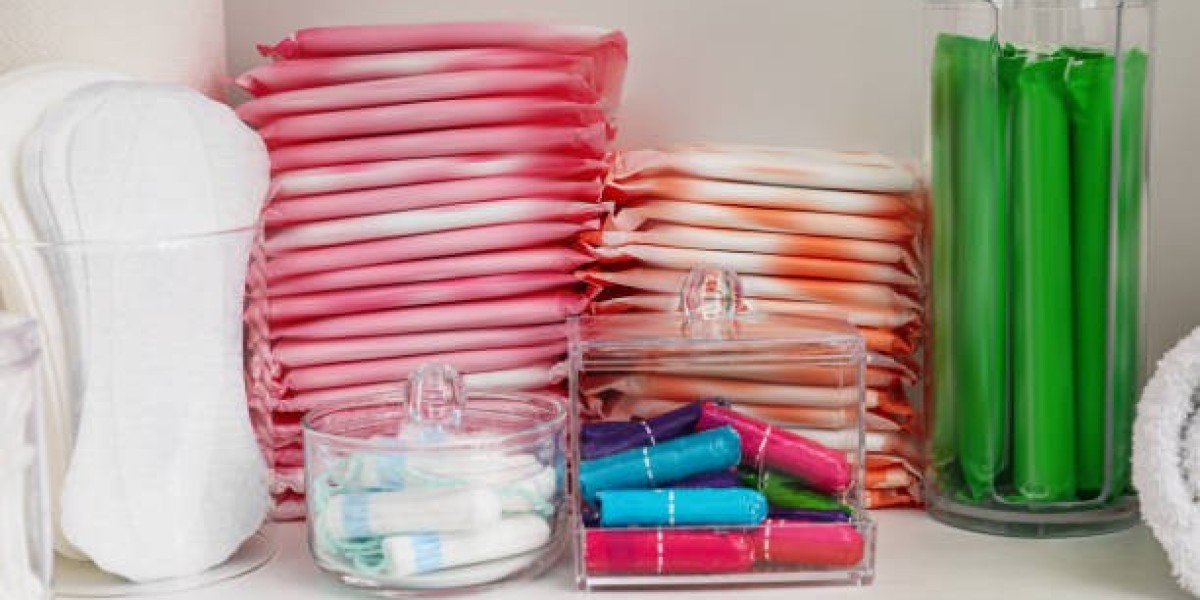What is the Feminine Hygiene Market?
The feminine hygiene market encompasses a wide range of products designed for women’s personal care, including sanitary pads, tampons, menstrual cups, panty liners, feminine wipes, and intimate washes. These products aim to promote hygiene, comfort, and overall well-being, especially during menstruation and other sensitive times.
Market Growth and Key Drivers
In 2023, Feminine Hygiene Market was estimated to be worth USD 41.69 million. With a compound annual growth rate (CAGR) of 4.91% from 2024 to 2032, the feminine hygiene industry is expected to increase from USD 43.79 million in 2024 to USD 64.27 million by 2032.
- Rising Awareness and Education
Increased awareness about menstrual health and hygiene, along with government and NGO initiatives, has played a major role in expanding the market. Campaigns focused on breaking taboos around menstruation and promoting safe hygiene practices have led to higher adoption rates of feminine care products.
- Increasing Demand for Organic and Sustainable Products
Consumers are now more conscious of the ingredients used in their personal care items. Many women prefer organic, biodegradable, and chemical-free feminine hygiene products, reducing concerns about skin irritation and environmental waste. This shift has led to the rise of eco-friendly brands that offer products made from cotton, bamboo, and plant-based materials.
- Innovation and Product Diversification
The market has seen significant product innovation, including:
- Menstrual cups and period underwear as reusable alternatives to traditional pads and tampons.
- Hypoallergenic and fragrance-free products for women with sensitive skin.
- Smart and high-tech solutions, such as period tracking apps and smart tampons.
- Growing E-Commerce and Digital Marketing
The rise of online shopping has made feminine hygiene products more accessible, especially in developing regions. E-commerce platforms and direct-to-consumer brands have transformed the industry, offering subscription services, discreet packaging, and doorstep delivery. Influencer marketing and social media have also played a crucial role in driving awareness and product adoption.
Get a Free Sample File of Feminine Hygiene Market Research Report
Challenges in the Market
Despite the growth, the feminine hygiene industry faces several challenges:
- Affordability and Accessibility: In low-income countries, many women still struggle to afford high-quality hygiene products. The "period poverty" issue highlights the need for cost-effective solutions.
- Cultural Taboos: In certain regions, discussions about menstruation remain stigmatized, hindering education and access to hygiene products.
- Environmental Concerns: Disposable sanitary products contribute to plastic waste, leading to a push for more sustainable and biodegradable alternatives.
Regional Insights
The Asia-Pacific region dominates the market, with increasing product adoption in countries like India, China, and Japan. Government initiatives to provide sanitary pads at subsidized rates have boosted market growth. North America and Europe are also witnessing a surge in demand for organic and chemical-free products, while Africa and Latin America are seeing improvements in hygiene awareness and accessibility.
Future Trends in the Feminine Hygiene Market
The future of the feminine hygiene market is promising, with several key trends shaping the industry:
- Growth of Subscription-Based Services: More brands are offering personalized, subscription-based feminine care kits.
- Sustainable Innovations: Companies are investing in biodegradable pads, compostable tampon applicators, and washable menstrual products.
- Tech Integration: Smart wearables and period-tracking technology will play a bigger role in feminine health.
- Expanding Market for Intimate Care: Beyond menstrual products, the demand for feminine washes, pH-balanced wipes, and probiotics for intimate health is increasing.



